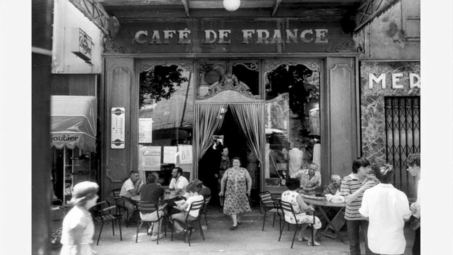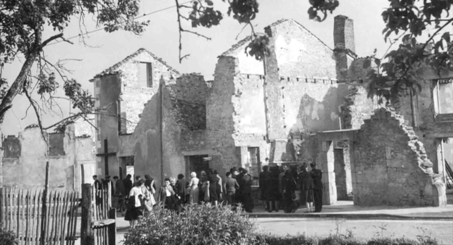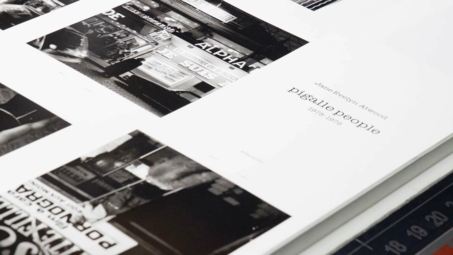Willy Ronis embraced with humanism the great social subjects of the 20th century. For this film, he joins in the game of self-portraiture. He looks back on his beginnings, the big issues that shaped his art and the battles he fought so that his photos do not serve as mere illustrations in the press. Browsing through his archives, he delves into the history of his iconic images and invites us to experience the few minutes that preceded them. He also tells us about the importance of baroque music and Flemish painting in his apprenticeship as a photographer, moulding over time a polyphonic art.
Social and humanist photography
To aestheticism and to salons, many photographers preferred a human reality, in its post-war social misery or in its humanist fraternity. From 1850, Charles Nègre preferred the street (his famous chimney sweeps) to studio portraits of celebrities. From the beginning everything was burgeoning. But the social and humanist photographers, in their turn, ended up creating an aesthetic in its own right.
Films on the theme
Willy Ronis | A Day in Oradour
In June 1949, Louis Aragon asks Willy Ronis to photograph the “caravans of Peace” in Oradour. Two years after the start of the Cold War, peaceful mobilization is back on the agenda and the tragic village of Oradour-sur-Glane is chosen to symbolically host the first Peace Congress. Willy Ronis unveils his unpublished archives and immerses himself in the highlights of the event, the interventions of Louis Aragon, Elsa Triolet, Picasso... The testimonies of Pierre Daix, journalist, who covered the Congress, and Pascal Plas, historian, bring this forgotten period back to life.
Delving into the lives and streets of Pigalle through Atwood's eyes.
Jane Evelyn Atwood | Around Pigalle
As she prepares to publish her book "Pigalle People" and presents one of her major exhibitions “Histoires de Prostitution”, Jane Evelyn Atwood delves into her archives of the 1970s, the period when she photographed the prostitutes and transsexuals in Paris Les Halles and Pigalle districts. For four years, she captured their everyday lives and intimate moments. From the photo lab, where she prints her images, to the printing of the book and the exhibition opening, she discusses her encounters and the connections made on the street which accompany her still.




